Eight masked species you can spot in Canada
From how they behave to what they look like, wild animals are adapted for life in their natural habitats. So distinct markings like masks aren’t just for show but can help species blend in or stand out to potential mates as well as evade predators or sneak up on prey.
Let’s look at eight Canadian species with masks.
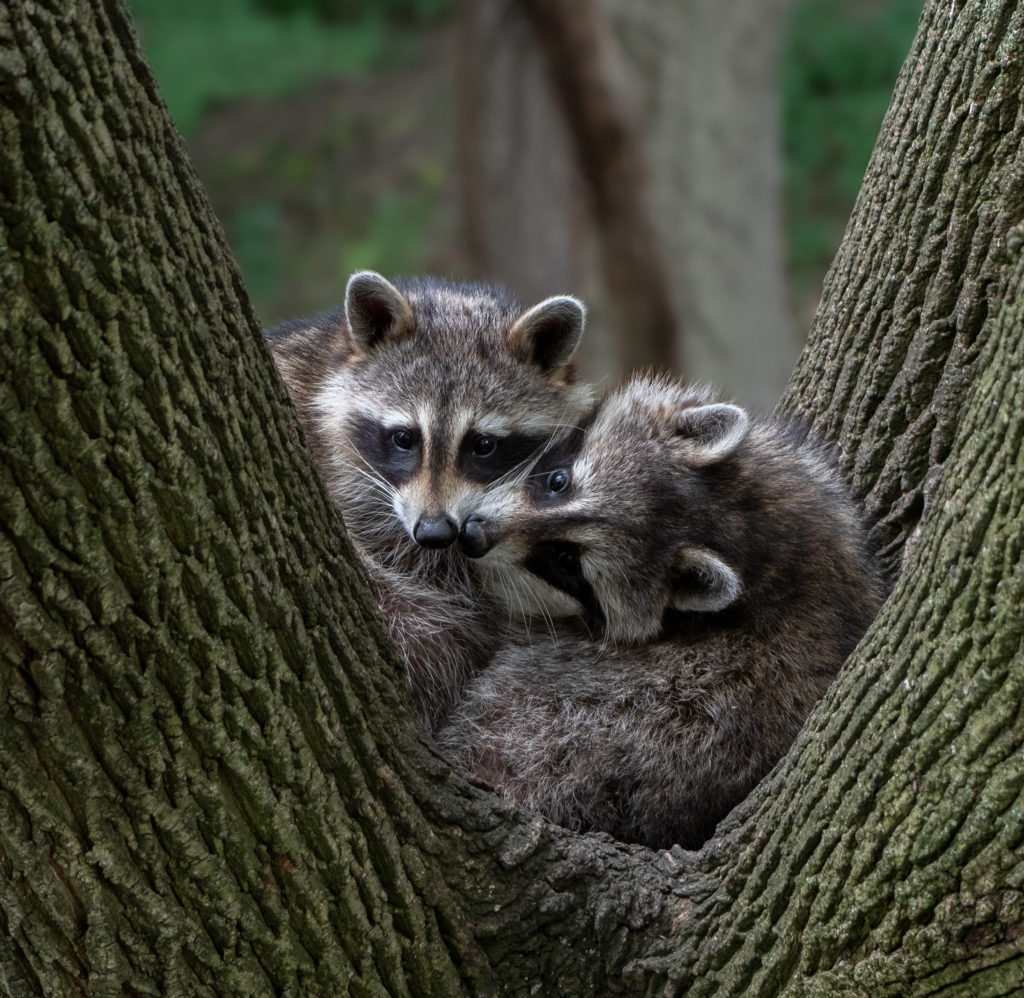
Raccoon
At home both in forests and urban areas, raccoons are masters at adapting to their environment, including breaking into your backyard trash cans. A mask seems like an appropriate disguise for a nocturnal mischief-maker, but it may actually serve another purpose: reducing glare so raccoons can see more clearly at night when they’re most active.
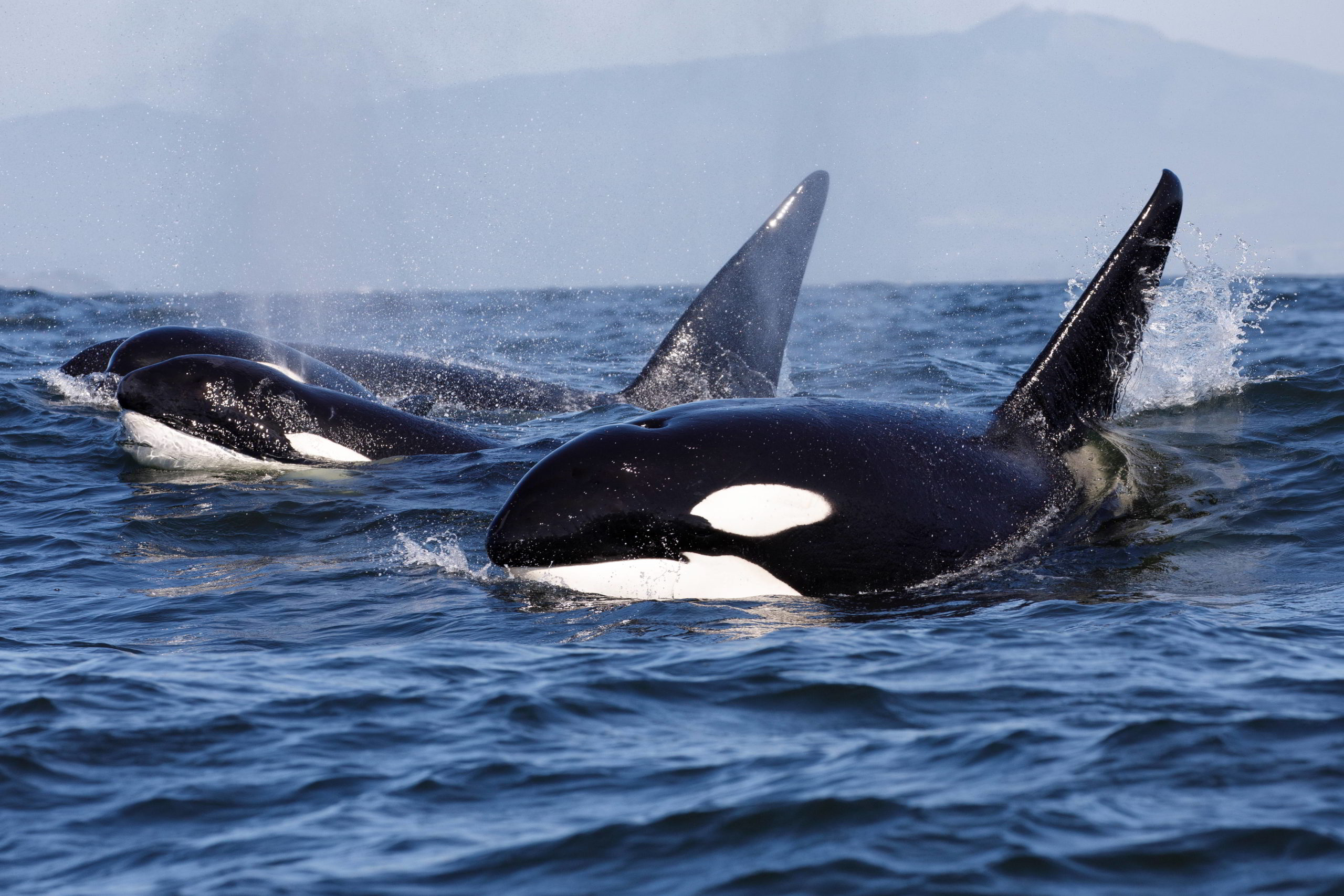
Orca
Orcas are known for two things: shiny black and white markings and their skill as hunters. That’s not a coincidence. These markings are used for coordinating group hunting activities and signaling each other. Deceptive markings, such as the white eyepatches above and behind their actual eyes, mask their outline from unsuspecting prey. Orcas are so well-disguised that an animal looking down may not notice the orca’s dark back blending in with the ocean depths. Likewise, an orca’s white underside fades in with the bright surface.
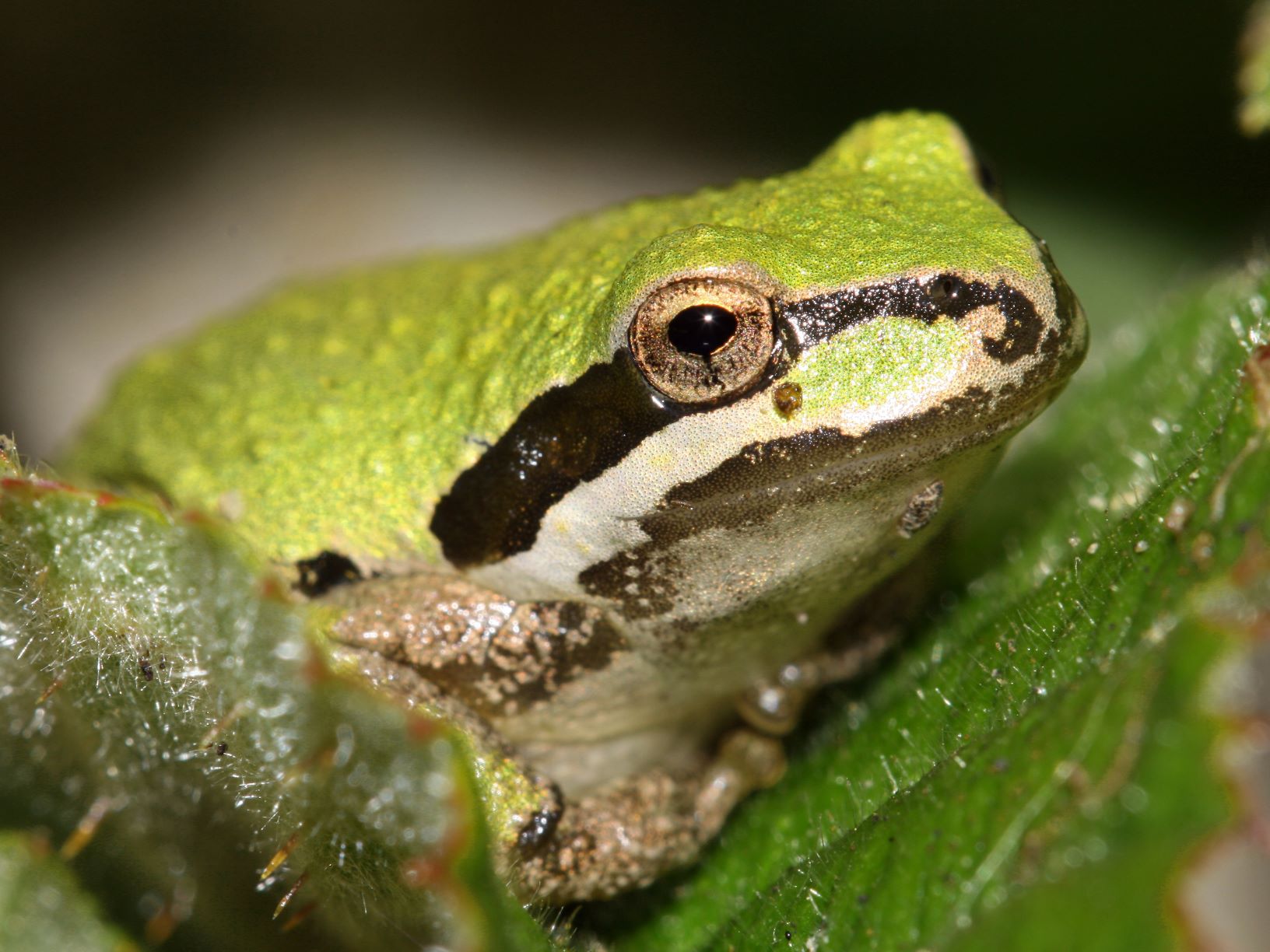
Pacific tree frog
This amphibian’s conspicuous dark mask extends from nostrils to shoulders. These stripes may help these frogs camouflage in the grass, bushes and trees where they search for their prey. The pacific tree frog can also quickly change colour from light to dark and throw its voice.
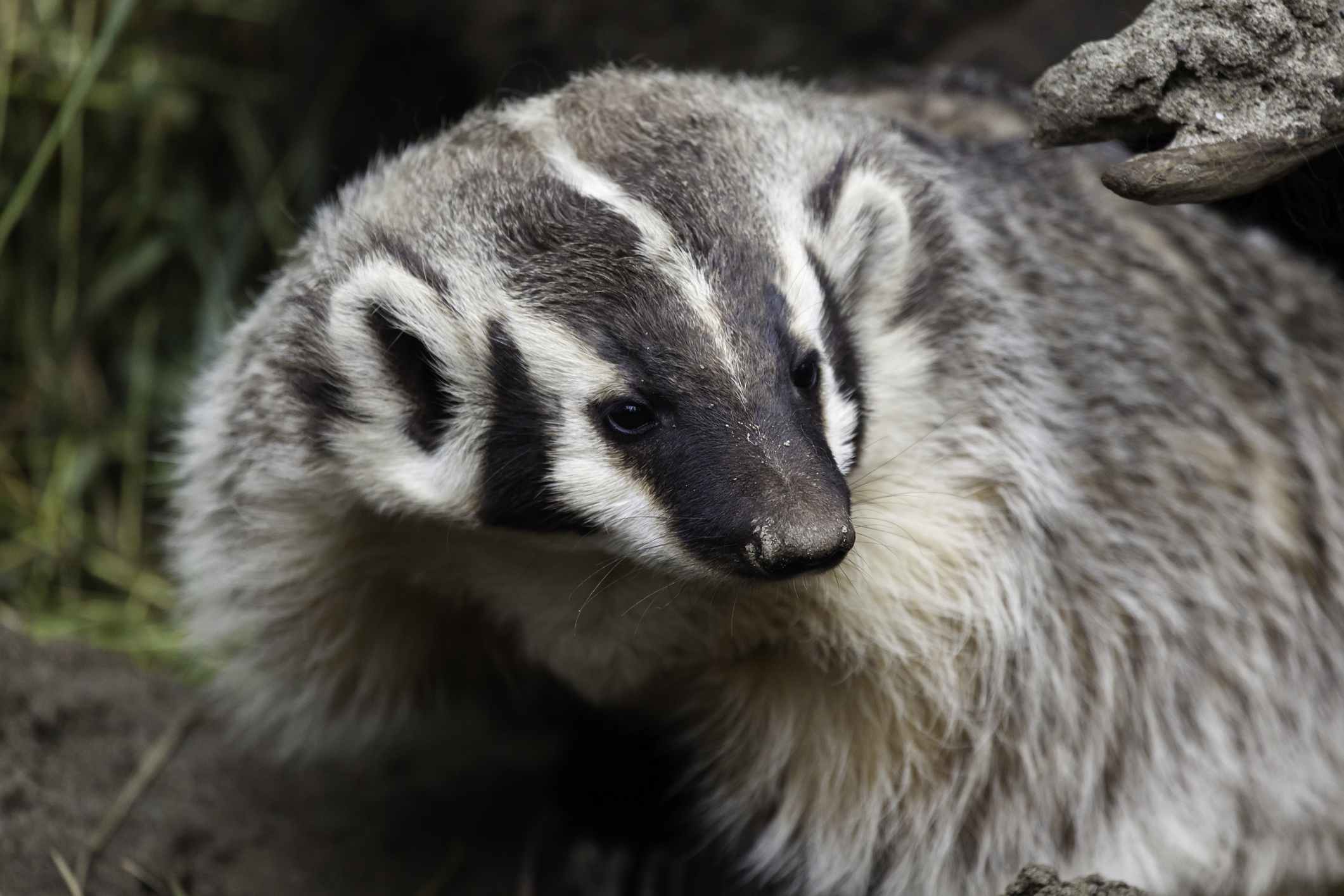
Badger
In the animal kingdom, high contrast patterns like the badger’s stripped mask can warn off predators by letting them know, “hey, I’m dangerous, too!” This adaptation might help keep young badgers, who have these markings from birth, safe as well. Another theory behind the mask is to help badgers recognize each other but since badgers have poor eyesight, it’s unlikely.
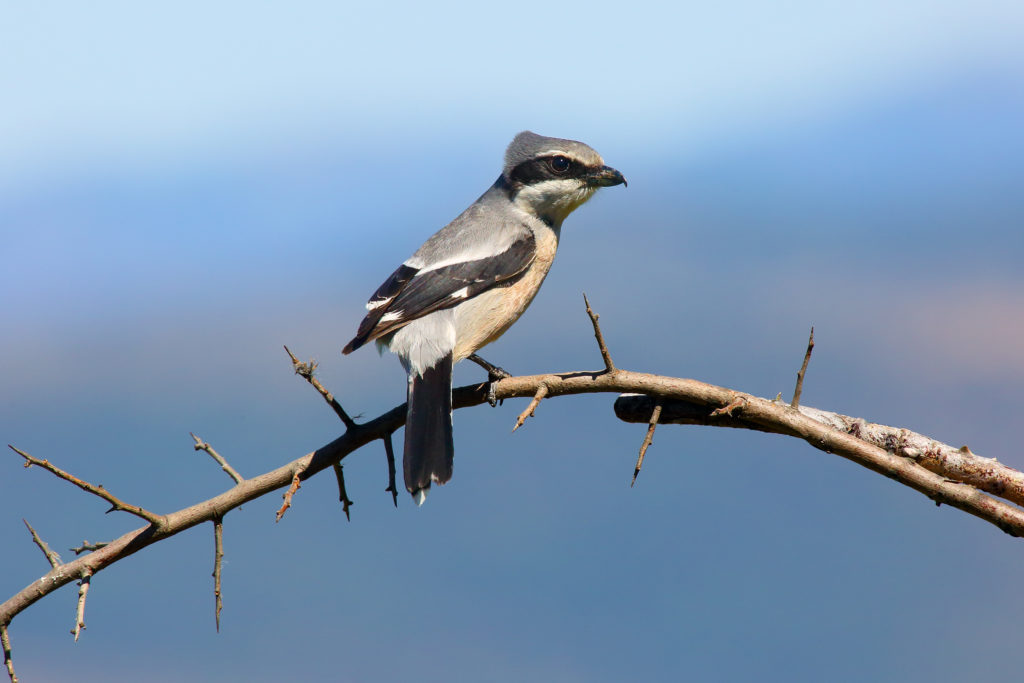
Northern shrike
Many bird species, including the northern shrike, look like they’re wearing a black mask, though scientists aren’t exactly sure why. Like raccoons or athletes who wear black makeup under their eyes, these bold markings may help reduce glare so they can hunt from exposed perches without casting a shadow in the direction of their prey. Other theories for why birds have masks include disguising the direction the bird is looking to catch prey off guard or to make them seem larger to predators.
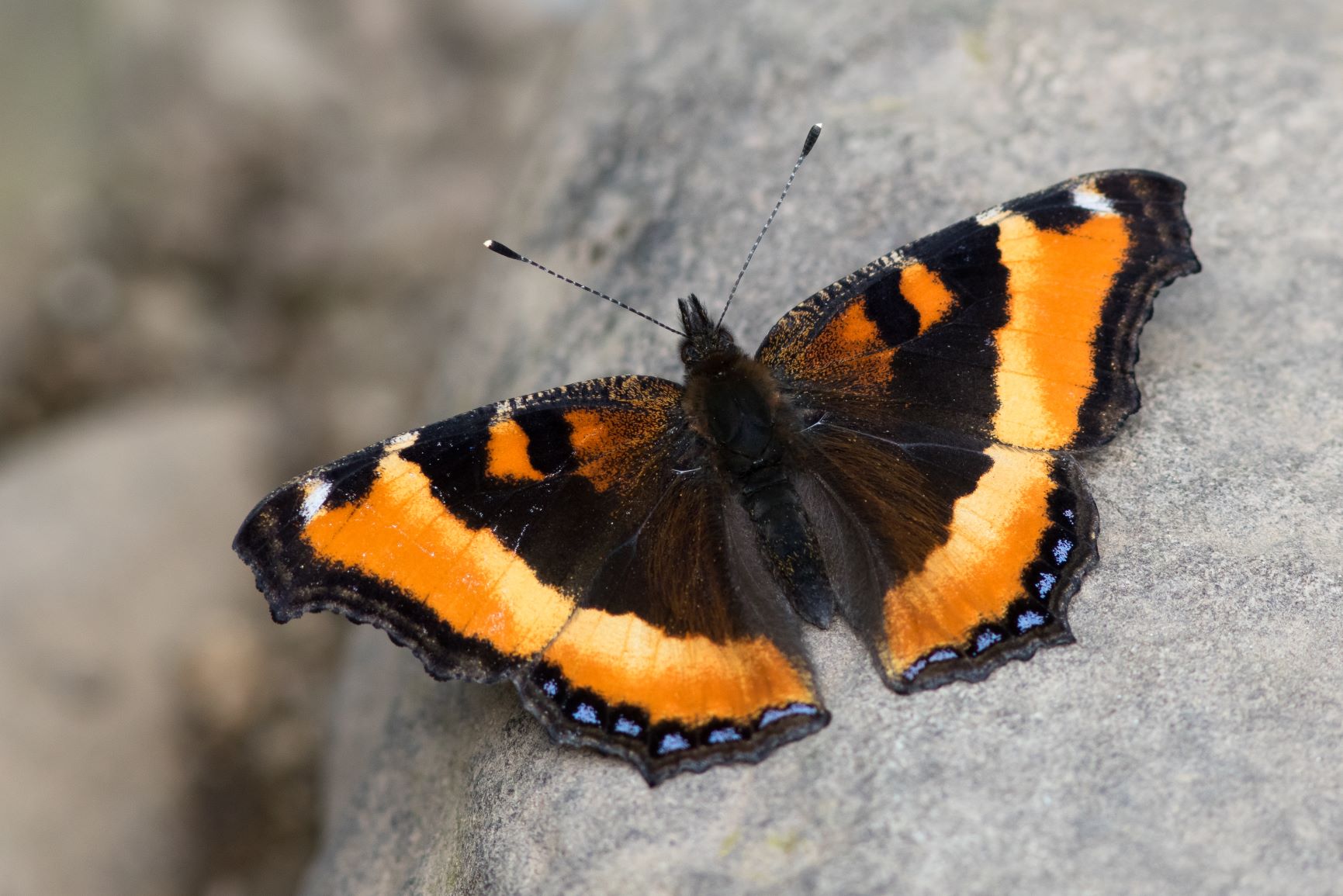
Milbert’s tortoiseshell
The beautiful and intricate patterns on butterfly wings are used to camouflage, warn predators they are poisonous, and communicate with each other. Some butterfly species, like the Milbert’s tortoiseshell, have spots on their wings that look like eyes. These masklike markings may protect them by mimicking the eyes of their predator’s predator or diverting attacks away from the butterfly’s head.
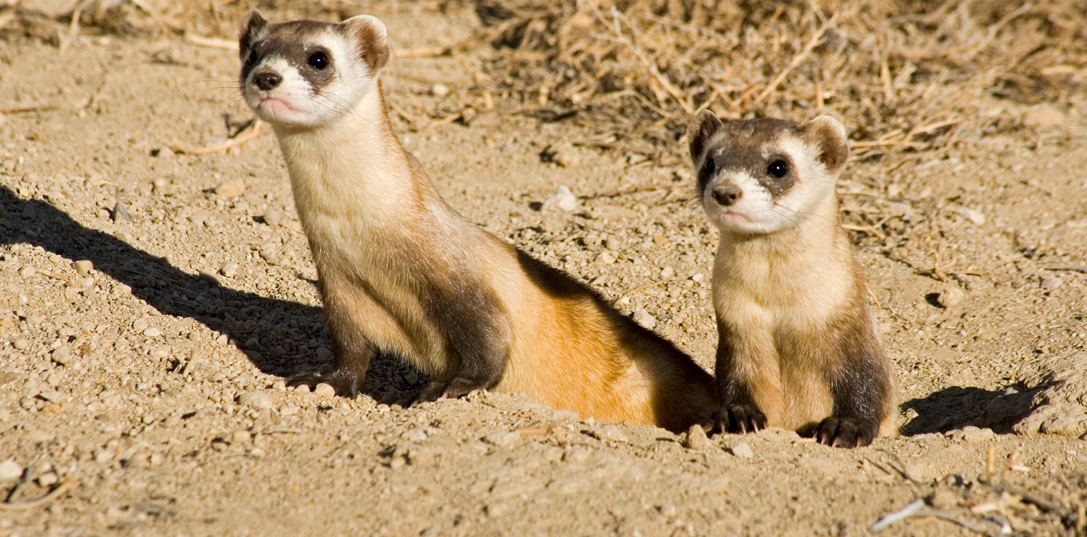
Black-footed ferret
The black-footed ferret could also be called the burrow bandit. Its long slender body enables it to crawl into the burrows of prairie dogs and the black mask around its eyes may help it see better in the dark. Black-footed ferrets are one of the most endangered mammals in North America and are the only ferret species native to the continent.

Humans
Most humans can be spotted wearing masks too. You can wear your support for wildlife with WWF-Canada’s Panda mask. All proceeds support our conservation efforts.

